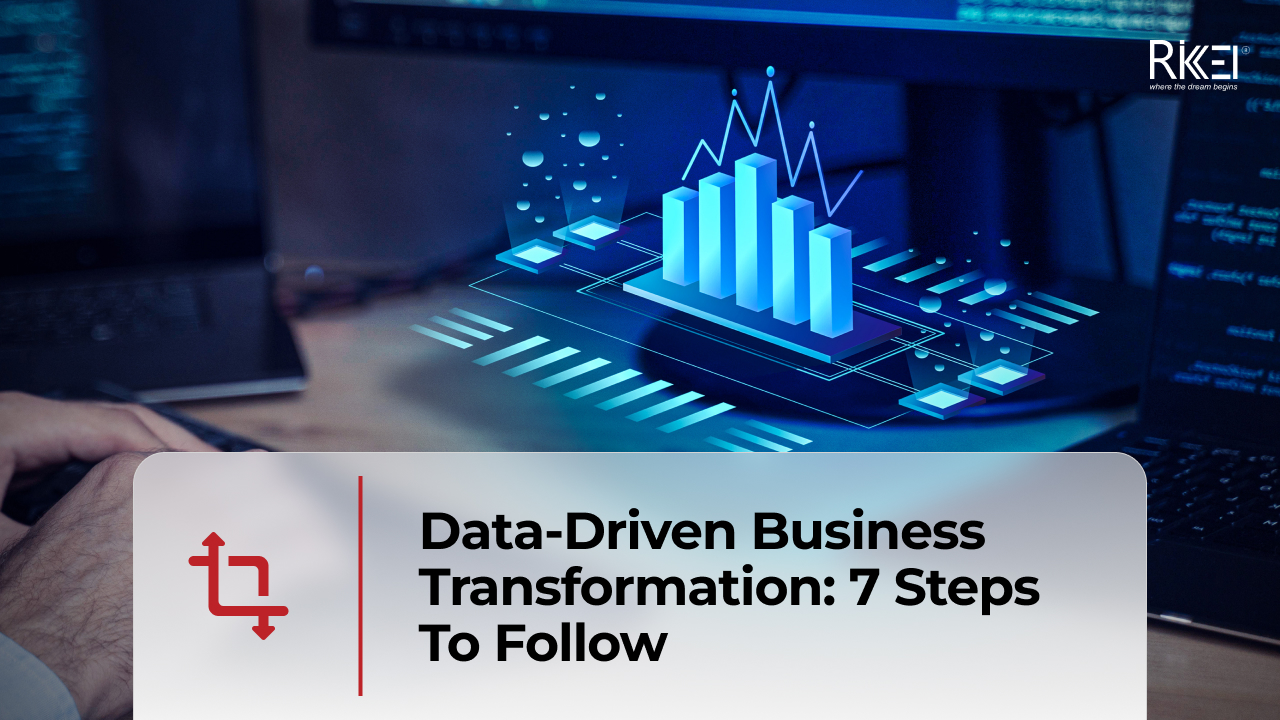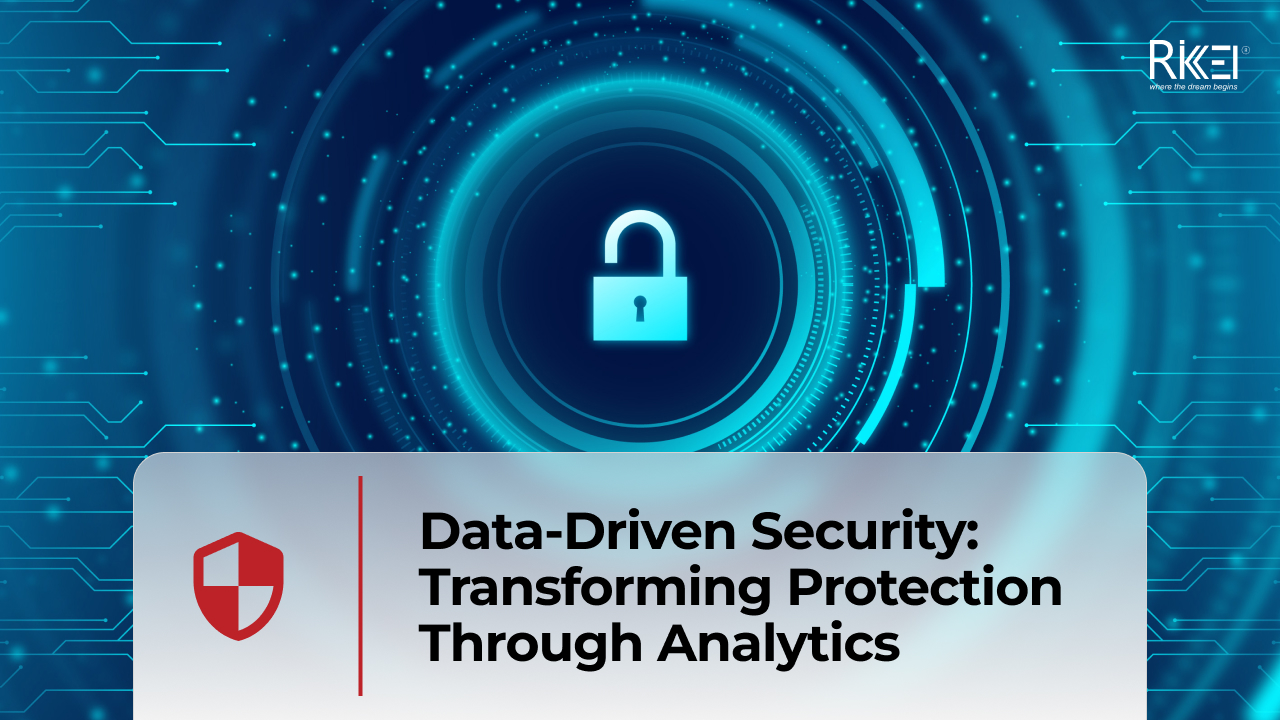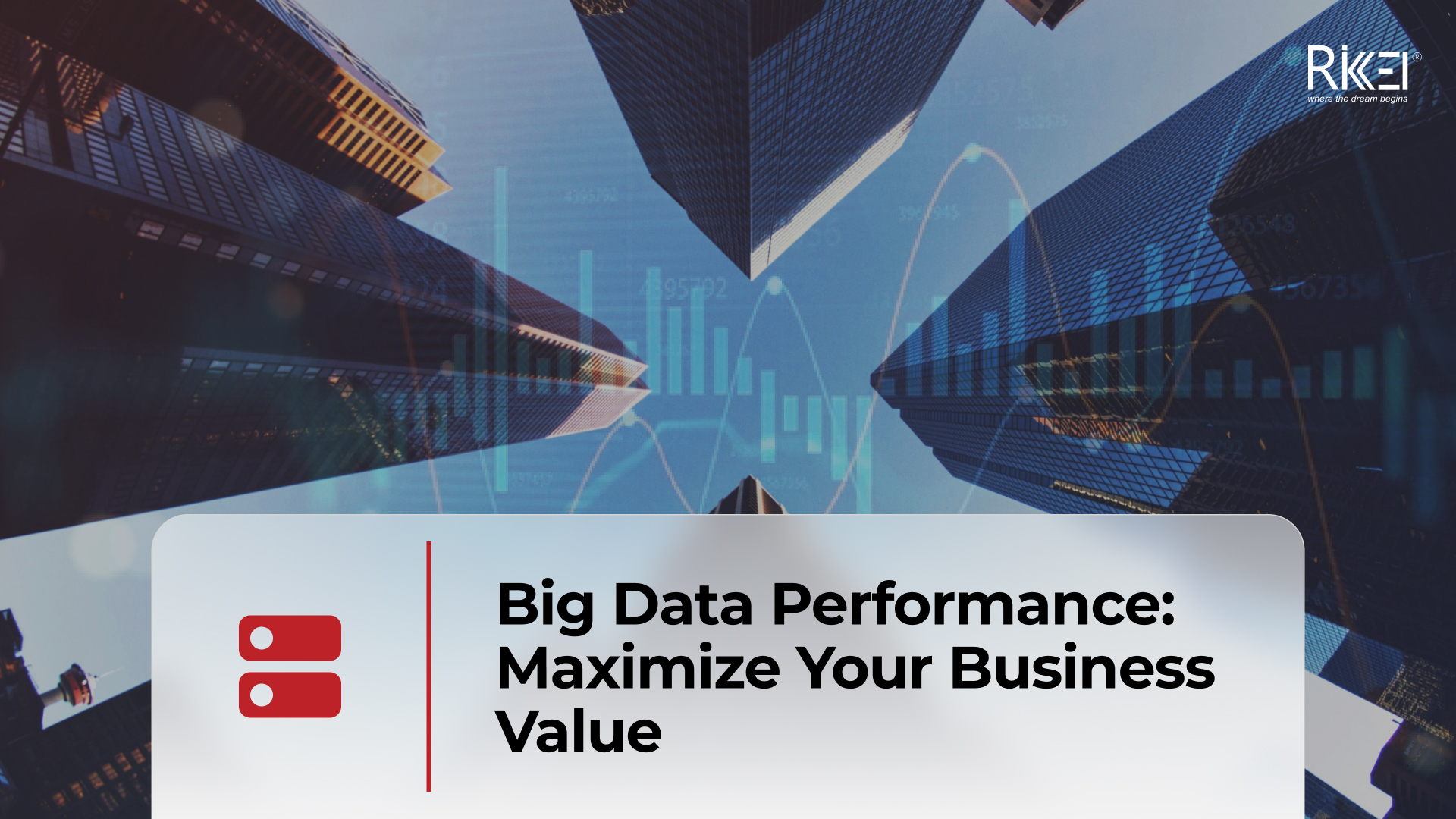7 Steps To Establish A Data-Driven Governance Program
Contents
While data-driven approaches significantly benefit organizations in various ways, failure to govern the huge data sets will hurt your business even more. Effective data management also ensures data quality and security. That’s why there is an increasingly high demand for data-driven governance programs. Continue reading for a detailed guide!
What Is Data-Driven Governance?
Surprisingly, many companies, notably start-ups, fail to understand the data-driven governance meaning. Therefore, some overlook its importance, considering it an optional rather than an essential business function. While data governance might not be a discipline in data-aware businesses, it is crucial in data-driven enterprises.
Data-driven governance is a set of standards, policies, and processes that regulate data management within a business. This discipline ensures that data assets are consistent and reliable for any business purpose. In simpler terms, these processes and rules help businesses determine which data can be used and which data meets its required quality level.
There are three primary actors in the interplay of data governance:
- Producers: IT teams who develop applications to operate and create data.
- Consumers: End users whose data are collected and used by the function-aligned IT teams to inform business decisions.
- Governors: This team establishes policies and standards to manage data. This team typically includes Chief Data Officers (CDOs), data governance councils, data governance teams, and data quality analysts.
5 Benefits Of Data-Driven Governance
Ensuring Data Consistency And Quality
A shared set of regulations ensures that everyone across the organization has a clear understanding of the data sets, identifies the most crucial information, and recognizes potential risks. These insights empower business leaders to make quicker and more accurate decisions.
These disciplines also govern data quality, ensuring that all data entering your data-driven models is reliable. Poor-quality data can lead to inaccurate or non-compliant results, significantly impacting your business decisions. In essence, the governance framework reduces the risk of misinterpretation or miscommunication during data processing.
Simplifying Data Access And Consumption
Data that was once dispersed across various locations is now consolidated into a single data warehouse, subject to strict regulation by governance disciplines. This consolidation not only facilitates easier access to the data sets but also ensures the maintenance of their quality. Given the dynamic nature of data, self-service consumption becomes imperative for fully exploiting these assets.
A robust governance framework enables the appropriate users to search for and utilize the necessary data independently. In the absence of such a program, departments within companies often hesitate to share their data. Instead, they create separate repositories to manage and protect their datasets, which, in turn, hinders overall data access.
Saving Costs
Enterprises often attribute problems or confusion in data processing to their technology or data analytics tools. Consequently, they tend to replace or update these technologies, resulting in the expenditure of significant time and money. However, the root cause of these issues lies primarily in the absence of data governance standards.
Well-governed data sets substantially reduce the likelihood of data duplication or confusion, leading to cost savings on unnecessary practices. Fewer errors translate to higher operational efficiency and reduced costs.
Creating More Revenue
Data governance proves to be a profitable investment with substantial returns. The improved data quality and enhanced decision-making capabilities contribute to increased sales for your business, while improved efficiency and reduced risks lead to significant cuts in operational costs. Ultimately, the increased revenue generated outweighs the upfront cost of establishing a governance framework.
Avoiding Ethical And Legal Issues
One of the primary objectives of implementing a data governance program is to ensure your business complies with data privacy regulations such as CCPA, GDPR, and others. Mishandling data is a direct path to legal consequences and hefty fines, which can significantly impact your brand’s reputation.
Furthermore, concerns about privacy and data transparency raise ethical considerations among customers. Achieving regulatory compliance is not only a legal necessity but also an effective way to build trust, contributing to customer satisfaction and long-term retention.
How To Set Up A Data-Governance Program
1. Defining Goals And Objectives To Build A Strategy
A well-defined strategy with clear goals and objectives serves as the cornerstone for establishing a robust and effective data governance framework. It is crucial to include both long-term and short-term goals across various lines of your business to ensure comprehensive development.
This strategic plan should identify stakeholders, determine data needs, measure key performance indicators (KPIs), and outline technology priorities and necessary processes. The more detailed the strategy, the more flexibly your business can adapt to changes in objectives and priorities.
Some priorities and objectives that should be included in your strategy are:
- Improve data quality and reliability for more accurate decision-making.
- Optimize security to protect sensitive and confidential information.
- Ensure regulatory compliance to avoid legal consequences.
- Simplify data access and ensure usable data to increase productivity.
You can adjust the strategy tailored to your business. Remember to review and update it frequently.
2. Identifying Key Stakeholders And Their Specific Roles
At this stage, it’s crucial to decide who will be involved in the program and assign specific responsibilities. Stakeholders may include IT teams, data architects, data custodians, business owners, managers, and employees.
An executive sponsor, responsible for financially supporting the data governance framework from the outset, plays a pivotal role in running the program. These team members should collaborate to establish a funding model for investing in the program.
Other stakeholders will typically be divided into four main levels:
- Operational level: Data custodians who process data, assigned by data owners.
- Tactical level: Data stewards and data owners who are responsible for the execution of the data government program.
- Strategic level: The data government council – in charge of the human resources and financial aspects.
- Executive level: Those who direct and define priorities and goals for the governance framework.
3. Building And Refining The Program
With clear objectives and identified core stakeholders, it’s time to assess the current state of data management in your company. Scrutinize the strengths and weaknesses of the management system, considering existing technology, human resources, and processes to evaluate your ability to achieve defined goals and identify gaps. Outline areas of improvement and develop strategies for addressing them based on your objectives.
However, it’s essential not to invest efforts and resources in all areas simultaneously. Doing so can overwhelm your business and may hinder improvement. Instead, prioritize actions, focusing on what needs to be addressed first while simultaneously reinforcing your strengths to turn them into competitive advantages.
4. Developing Data Policies
This step is crucial as it determines the effectiveness of your data governance program. The policies developed, aligning with established goals and desired outcomes, serve as guides for all stakeholders on how to govern, protect, and utilize the company’s data assets.
Additionally, it’s essential to consider data privacy regulations such as CCPA or GDPR when developing guidelines related to data gathering, storage, usage, security, and quality. This ensures that your data governance framework not only supports the business in achieving its goals but also avoids potential legal issues.
Some types of data governance policies that can be applied include guidelines on self-service data access, archiving, records and retention, governed and reliable data repositories, regulations, privacy, and protection.
5. Establishing Clear Responsibilities Of Those Involved
While step 1 involves determining stakeholders and classifying them into different levels, this step is dedicated to detailing their responsibilities and ensuring transparency. Assigning specific individuals to oversee the use, collection, or storage of data helps everyone understand their roles clearly, enabling them to fulfill their responsibilities effectively.
The structure of your data governance framework will be influenced by your company’s size and culture. Large organizations often establish an executive team to supervise the program, while small businesses may integrate data governance into existing roles or exclude a dedicated role altogether.
6. Refine Data Processes
While policies are essential, they alone can’t successfully drive and steer a data governance program. Data processes come into play to ensure consistency across the enterprise, fostering effective decision-making. This step is crucial for detecting data confusion early and promptly addressing issues that may arise during implementation.
Similar to policies, these processes must adhere to regulatory standards, providing a common guideline for direction, resolution, and escalation without hindering innovation. Leveraging tools, technology, and workflow is instrumental in developing and refining data processes, ultimately saving time and effort.
7. Implement, Monitor, Review, And Adapt The Program
With clear goals, policies, and processes in place, a data governance program is ready for implementation. Recognizing that this is a long-term process involving trial and error, it becomes essential to closely monitor the implementation to assess its benefits to your business.
Ineffective guidelines should be promptly updated to ensure the achievement of desired objectives. As the business’s goals evolve, remember to adapt the program accordingly, optimizing its value to your company.
Conclusion
Every data-driven business should establish its data-driven governance framework to maximize benefits. Failure to manage datasets can result in errors or ineffective decisions, significantly impacting your company’s revenue. The implementation of data governance is a long-term program that demands patience and ongoing adjustments. Therefore, we recommend starting small and updating it gradually.
More From Blog

August 8, 2024
Data-Driven Product Development: Strategy To Drive More Sales
As a business owner, you want your products or services to be well-received upon launch. The most effective way to create a product that satisfies a broad range of customers is to gain insights into their needs and behaviors from the outset. The key lies in data-driven product development, a strategy that many companies have […]

August 8, 2024
Data-Driven Business Transformation: 7 Steps To Follow
Data empowers businesses to make well-informed decisions in different departments, like marketing, human resources, finance, and more. As a business owner, you should also employ data-driven approaches to skyrocket productivity and efficiency. If you are still new to this concept, scroll down for an in-depth guide on data-driven business transformation. What Does A Data-Driven Business […]

August 8, 2024
Data-Driven Security: Transforming Protection Through Analytics
Cybersecurity was once an afterthought for most organizations. But in today’s digital landscape, it has become mission-critical. With this transformation has also come a shift in how security decisions are made. Rather than relying solely on intuition and tradition, leading organizations are embracing data-driven strategies. By using metrics and insights around threats, vulnerabilities, and more, […]

August 8, 2024
Differences Between Data Science and Computer Science
Data Science and Computer Science are distinct fields overlapping in certain areas but have different focuses and objectives. The article below will help you clearly understand the differences and the close connection between the two fields. What is Data Science? Data Science is an interdisciplinary field that combines scientific methods, processes, algorithms, and systems to […]

August 8, 2024
How Real-Time Data Analysis Empowers Your Business
In today’s fast-paced business landscape, the ability to quickly make data-driven decisions has become a key differentiator for success. Real-time data analysis, the process of analyzing data as soon as it’s generated, has emerged as a powerful tool to empower business across industries. By leveraging real-time data analysis, organizations can gain timely and actionable insights, […]

August 8, 2024
Big Data Performance: Maximize Your Business Value
In today’s data-driven world, organizations are constantly generating and collecting immense amounts of data to understand their customers more deeply. This data, often referred to as “big data,” holds immense potential for organizations to seek opportunities and overcome challenges. But accessing and analyzing big data isn’t enough to have proper strategies; organizations must pay attention to […]

